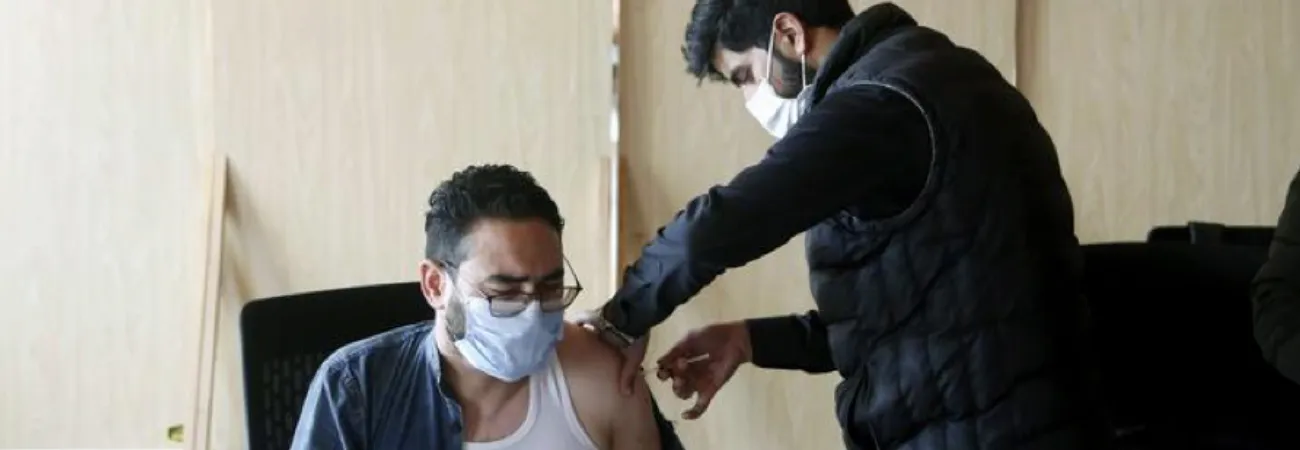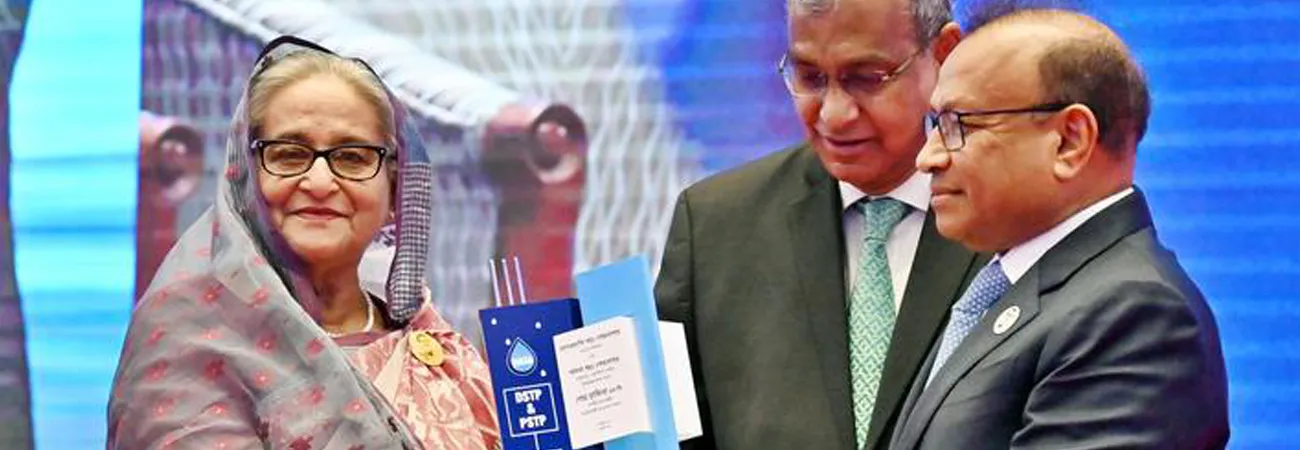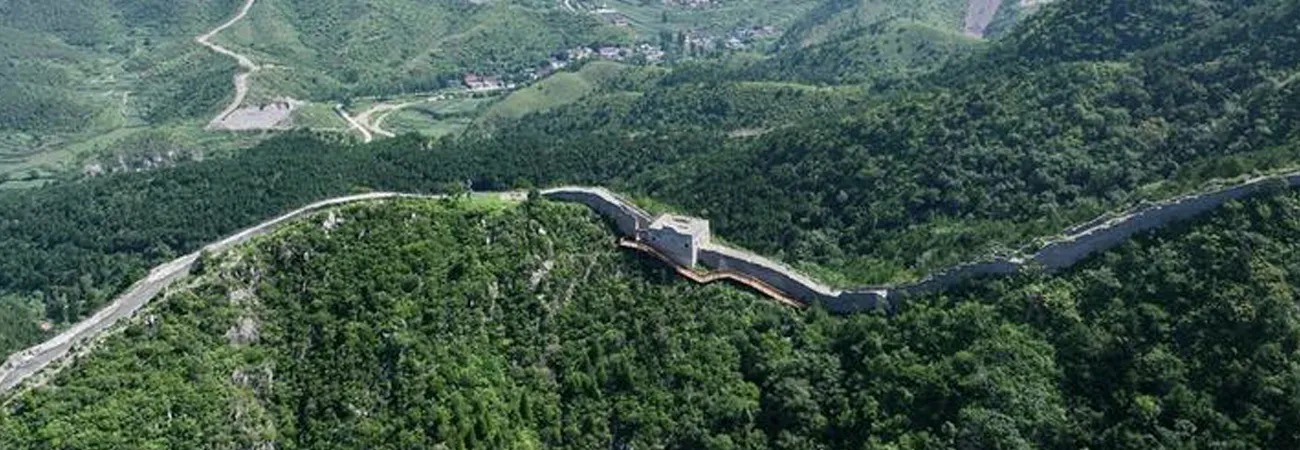XINHUA-PAKISTAN SERVICE
Islamabad, Jan. 21 (INP): With the significant infrastructural improvement due to investments made under China Pakistan Economic Corridor (CPEC), the government of Khyber Pakhtunkhwa (KP) has shifted its focus to the development of Special Economic Zones (SEZs) and Industrial Zones.
It will pay the way of creating clusters of industrial excellence and to start the growth of industries, Gwadar Pro reported on Thursday.
Recently the KP's cabinet passed the revised “Industrial Policy 2020”, which supports human resource development, innovation and creates a supply chain to capitalize on many potential opportunities available in the province (including newly merged tribal districts). The policy also aims to make the environment competitive for investment and rejuvenate the industrial sector.
Under the policy, the KP Government plans to establish at least 10 EZ/SEZs across the province in ten years. They include Hattar SEZ Extension (1000 acres), Daraband (D.I Khan) SEZ (1500 acres), Mohmand EZ (350 acres), Nowshera Extension EZ (77 acres), Swat EZ, Buner EZ, Shahkas (Khyber Pass Economic Corridor route), Chitral EZ, Ghazi and Jalozai.
According to the policy, at least two SEZs under Public-Private Partnership (PPP) like Rashakai SEZ are going to be established in the next five years while Hattar, Mohmand and Rashakai SEZs are being promoted under CPEC. It also states that efforts are on the way towards the development of Mohmand Industrial Estate as a sector-specific SEZ (Marble City).
The policy is based on three pillars of "revival & rehabilitation, growth and competitiveness". The priority areas include the revival of sick units, rehabilitation of infrastructure and allied facilities in existing industrial estates, the establishment of sector-specific EZs, SEZs and encouragement of small and medium-sized enterprises/cottage industry,
Currently there are 1,286 industrial units in the province. They include 900 operational units, 300 closed and 64 under-construction units. The total number of workers is 10,301 (6,401 males and 3,897 females). Among the top five industries are Pharmaceuticals (97), Plastic industries (79), Marble & Granite (67), Steel Industries (59) and Food Processing and Beverages (52).
According to the document, at least 26,539 students are enrolled in 58 technical institutes of the province. To equip the human resource with modern and updated technical skills, under the policy, government will integrate technical institutes with industries, which will attract investment in vocational training and provide technical education as per the need of the industry.
The policy states that the industrial cooperation under CPEC provides KP a great opportunity to start the industrialization process. The Rashakai prioritized SEZ is the only SEZ in CPEC portfolio that is being done in Build Operate and Transfer (BOT) mode with Chinese state-owned enterprises that will bring JVs.
As certain Chinese manufacturers are looking elsewhere to relocate, through the industrial policy, KP can leverage its natural endowments and low-cost human resource to attract them. Due to its overcapacity issue, the sunset industries in China could be relocated to KP. Moreover, industries in KP can benefit from Free Trade Agreement (FTA-II) with China implemented in 2020.
The Central Asia Regional Economic Cooperation (CAREC) program was started to promote regional cohesiveness, trade and integration between the Central Asian countries, leading to accelerated economic growth and poverty reduction. It consists of 11 countries including Pakistan and has mobilized USD34.5 billion to lay the groundwork for economic corridor development.





